php editor Banana will answer for you: How to determine which graphics card is suitable for the motherboard? First, check the motherboard's slot type (such as PCI-E 3.0) to determine the supported graphics interface. Secondly, understand the motherboard’s power supply capability to ensure that the graphics card’s power consumption is within the motherboard’s tolerance. Finally, consider the size of the motherboard and make sure the graphics card and motherboard are compatible with each other. Through these steps, you can easily determine which graphics card is suitable for your motherboard and improve your computer performance!

How do I know what graphics card to use with my motherboard?
To determine which graphics card is suitable for the motherboard, you first need to consider the motherboard's slot type and power supply, and then check the motherboard's technical specifications or official website to understand the type of graphics card interface it supports (such as PCIe x16, etc.) and maximum power consumption limits.
Next, according to your needs and budget, choose the appropriate graphics card brand, model and specifications to ensure that it is compatible with the motherboard and meets performance requirements. In addition, you can also refer to relevant hardware forums or consult professionals for more accurate advice.
Finally, conduct proper market research and comparisons to get the best value for money graphics card.
How to check what graphics card the motherboard supports?
To determine which graphics cards your motherboard supports, you can take the following methods:
1. Check the motherboard manual: When purchasing a motherboard, it usually comes with an instruction manual or user manual. You can find information in the manual, including your motherboard's expansion slot type (such as PCIe x16) and supported graphics card specifications. In the specifications or compatibility section of the manual, you can find the brands, models, and performance requirements of the graphics cards your motherboard supports.
2. Visit the official website of the motherboard manufacturer: Go to the official website of the motherboard manufacturer and search for your motherboard model. You'll usually find detailed information about expansion slots and compatibility on a motherboard's product page. This information may include supported graphics card types, physical slot dimensions, power requirements, and more.
3. Use hardware detection software: There are third-party software that can scan your computer hardware configuration and provide information about motherboard and graphics card compatibility. Some commonly used software include CPU-Z, GPU-Z, Speccy, etc. These software can help you determine which graphics card types are supported by providing detailed information about your motherboard model and expansion slot types.
4. Reference forums and communities: On hardware-related forums, communities, and technical support sites, other users may have shared the brand and model of graphics card they are using on a specific motherboard. By referring to the experiences of these users, you can get actual information about motherboard and graphics card compatibility.
No matter which method you choose, make sure to carefully research and compare the data to ensure that the graphics card you choose is compatible with the motherboard and meets your performance needs and budget.
How to check which graphics card the motherboard supports?
Which graphics card the motherboard supports can be determined in the following ways:
First, you can check the motherboard's specifications or the technical details on the official website, which will clearly list the supported graphics card types. and slots.
Secondly, you can observe whether there is a slot on the motherboard that is suitable for a specific graphics card. For example, the PCIe x16 slot is usually used for high-performance graphics cards.
Finally, you can view the BIOS setting interface, where the graphics card option will provide supported graphics card information. To sum up, by consulting the motherboard manual, observing the slot type and checking the BIOS settings, you can determine which graphics card the motherboard supports.
How to check what graphics card your motherboard can install?
If you want to know whether the motherboard is compatible with a certain graphics card, you first need to know the motherboard's slot type and PCI-E version. Common slot types include PCI, PCI-E x1, PCI-E x4, PCI-E x8, and PCI-E x16. PCI-E x16 is the main slot for installing graphics cards.
Secondly, you need to find out the version of the PCI-E slot on the motherboard. PCI-E 3.0 is faster than PCI-E 2.0 and supports more graphics cards. Finally, you also need to pay attention to whether the power requirements of the graphics card match the power supply interface on the motherboard. After determining these parameters, you can find the corresponding slot on the motherboard and place the corresponding graphics card.
How to check which graphics cards the motherboard supports?
To check which graphics cards are supported by the motherboard, you can determine in the following ways
1. Check the motherboard specifications or the official website. The motherboard specifications usually list the supported graphics card types and Slot type. You can find the specifications on the motherboard's box, or download them from the motherboard manufacturer's official website.
2. Check the slot type of the motherboard. The slot type on the motherboard can usually tell you the type of graphics card it supports. Common slot types include PCI Express x16, PCI Express x8, PCI Express x4, etc. You can check the slots on the motherboard or refer to the motherboard specifications to determine.
3. Check the BIOS settings of the motherboard. Some motherboards will provide information about graphics card support in the BIOS settings. You can enter the motherboard's BIOS setup interface to find relevant options or information.
4. Consult the motherboard manufacturer or technical support. If none of the above methods are able to determine, you can contact the motherboard manufacturer or their technical support team and ask them about the types of graphics cards supported by the motherboard.
Please note that the above method is only suitable for determining the type of graphics card supported by the motherboard. The specific graphics card model and performance need to be determined according to the graphics card manufacturer's specifications.
How can I know that my motherboard supports graphics cards?
1. Generally speaking, when purchasing a motherboard and graphics card, there are instructions on the package. Find the motherboard model and graphics card model, and then check online what card slot they belong to. Usually, the two can be connected. Together, they can be inserted and compatible.
2. The mainstream graphics card slot on the market is PCI-E, which is universal for motherboards. For example, the PCI-E3.0 graphics card interface is compatible with motherboards with 2.0 interfaces. In other words, there is generally no incompatibility between the motherboard and the graphics card.
3. If you have an independent graphics card or other high-end graphics card, this type of graphics card needs to be independently powered. If your computer motherboard configuration is low, there will be no The interface of this type of graphics card will suffer from insufficient power supply, causing instability or simply not lighting up. This is also an incompatibility between the graphics card and the motherboard.
4. If you want to check your computer motherboard and graphics card information, you can download software such as Driver Wizard to display the computer graphics card and motherboard names and other detailed information, and replace computer components according to your needs.
The above is the detailed content of How do I know what graphics card to use with my motherboard?. For more information, please follow other related articles on the PHP Chinese website!
 微星主板bios安全启动怎么开启?Feb 01, 2024 am 09:21 AM
微星主板bios安全启动怎么开启?Feb 01, 2024 am 09:21 AM微星主板bios安全启动怎么开启?1.以华为matebookx、windows10为例。以Z390为例,重启按DEL进入BIOS,按F7进入高级模式,点击进入Settings的选项,再进入TrustedComputing。2.有个安全设备支持(SecurityDeviceSupport),将其改为允许(Enable),TPM设备选择为PTT,设置完成后按F10保存重启。3.以B550M为例,重启按DEL进BIOS后选择左侧的SETTINGS以进入设置界面,同样进入安全选项里的TrustedCom
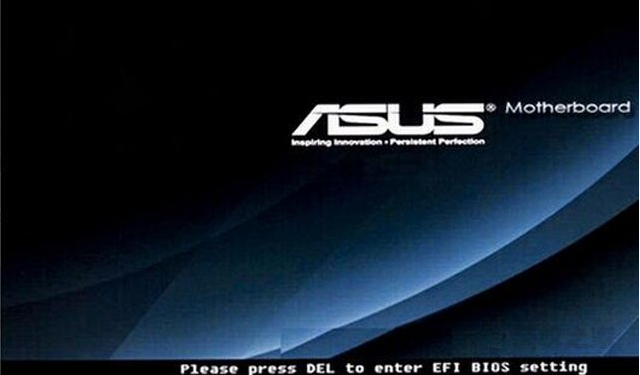 进入华硕主板bios设置图解教程Jul 08, 2023 pm 01:13 PM
进入华硕主板bios设置图解教程Jul 08, 2023 pm 01:13 PM有很多操作都是需要进到电脑的bios系统进行操作,比如说调整启动项,磁盘模式,cpu参数,刷新bios等等。不过不同的电脑品牌主板的bios设置等界面会有不同,那么如何进入华硕bios?华硕主板bios设置界面又是怎么样的呢?下面小编就给大家分享下进入华硕主板bios设置图解教程。一、如何进入华硕bios1、首先重启华硕电脑,在开机的一瞬间并跳出ASUS的标志界面的时候,马上不断按“Delete”键进入bios界面。2、进入到bios界面后,就可以对bios系统进行设置了。二、华硕主板bios设
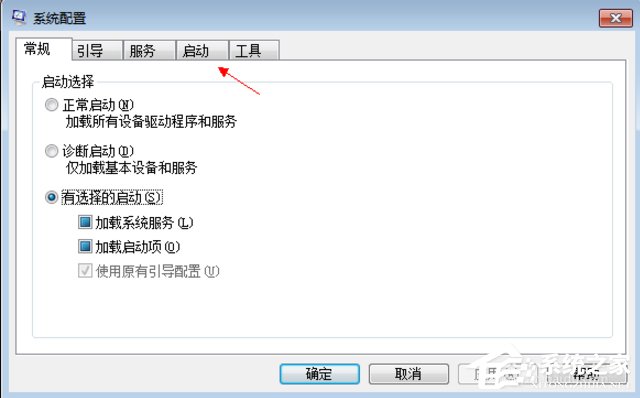 asus安装win7找不到引导启动菜单的解决方案Jul 17, 2023 am 10:37 AM
asus安装win7找不到引导启动菜单的解决方案Jul 17, 2023 am 10:37 AM在安装系统的过程中,许多网民可能会遇到一些问题,导致重新安装系统的失败。最近,一些网民报告说,他们的sus安装win7找不到引导启动菜单,安装后不能正常引导启动菜单进入新系统。下面的小边教你安装win7后找不到引导启动菜单的解决方案。asus安装win7找不到引导启动菜单的解决方案:1.进入华硕主板BIOS,F7进入高级设置。2.进入启动选项。3.修改CSM(兼容性支持模块)。打开CSM,完全支持非UEFI启动附加设备或WindowsUEFI模式。4.返回修改,修改安全启动菜单。5.修改其他操作
 win7怎样进去bios设置方式介绍Jul 11, 2023 pm 06:09 PM
win7怎样进去bios设置方式介绍Jul 11, 2023 pm 06:09 PMwin7怎样进去bios设置呢,用户应用win17的时候如果碰到要进入bios的现象要怎么办呢,最先开机后重启,随后等候系统发生黑底白字时按着del,根据这个方式用户就可以很容易进入bios中,在这儿用户能够设置许多作用,非常的容易且便捷哦,下面就是具体的win7怎样进去bios设置方式介绍。win7怎样进去bios设置1、最先打开电脑以后,点击左下方的菜单栏。2、点击菜单里的‘重启’。3、在重启时,直到显示屏发生黑背景,白字时,就会见到进入bios的方法了,这儿提醒要按照del键。4、不停的按
 如何进入华硕主板的BIOS设置界面?Jan 30, 2024 am 11:33 AM
如何进入华硕主板的BIOS设置界面?Jan 30, 2024 am 11:33 AM华硕主板开机怎么进入bios设置?步骤/方式1工具/原料:系统版本:windows7系统品牌型号:华硕无畏14开机的时候按下键盘中的“Del”快捷键步骤/方式2即可进入BIOS界面。华硕主板怎么进入bios?1.启动华硕笔记本2.开机的时候按下键盘中的“Del”快捷键即可进入bios设置3.进入bios的主界面华硕主板进bios?进入华硕主板的BIOS有多种方法,以下是其中的两种常见方法:方法一:打开计算机,当出现华硕主板的logo时,按下“删除”键,直到进入BIOS设置页面。在BIOS界面中,
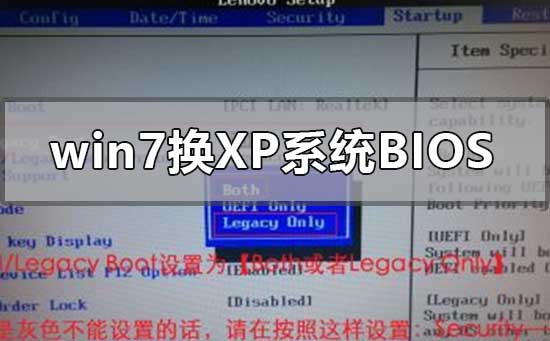 如何更改BIOS设置以在Win7上安装XP系统Jan 05, 2024 am 08:42 AM
如何更改BIOS设置以在Win7上安装XP系统Jan 05, 2024 am 08:42 AM我们在使用win7操作系统的时候,有的小伙伴们因为一些需要想要把自己的系统换成xp操作系统。那么在这个过程中一些小伙伴们可能就遇到了一些问题。对于win7换xp系统bios怎么设置,小编觉得首先通快捷键进入我们电脑的bios,然后找到相关选项跟着小编进行设置即可。具体操作步骤一起来看下吧~win7换xp系统bios怎么设置1.进BIOSThinkPad和联想VBKEM系列的笔记本进BIOS是按键盘的F1键(部分机型是按键盘组合键Fn+F1,Fn键按住不放,反复按F1键)。2.选择Restart标
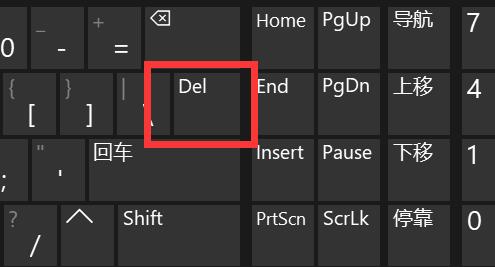 解决win11关机后外设仍然亮的问题Dec 26, 2023 pm 10:37 PM
解决win11关机后外设仍然亮的问题Dec 26, 2023 pm 10:37 PM有时候我们关机要睡觉了,结果win11关机后外设还亮着灯,非常影响体验,这其实是由于关机后usb接口还在供电导致的,我们只要进入bios设置禁用它就可以了。win11关机后外设还亮:1、首先我们重启电脑,在品牌logo跳出时按下“DEL”进入bios设置。(不同电脑进入bios的方法不一定一样,可以查一下说明书)2、进入后,我们先将语言改到中文,方便操作。3、接着我们进入“高级”设置,打开“高级电源管理”4、然后在其中找到“ErP支持”5、随后将它改为“开启(S4+S5)”6、最后按下键盘“F1
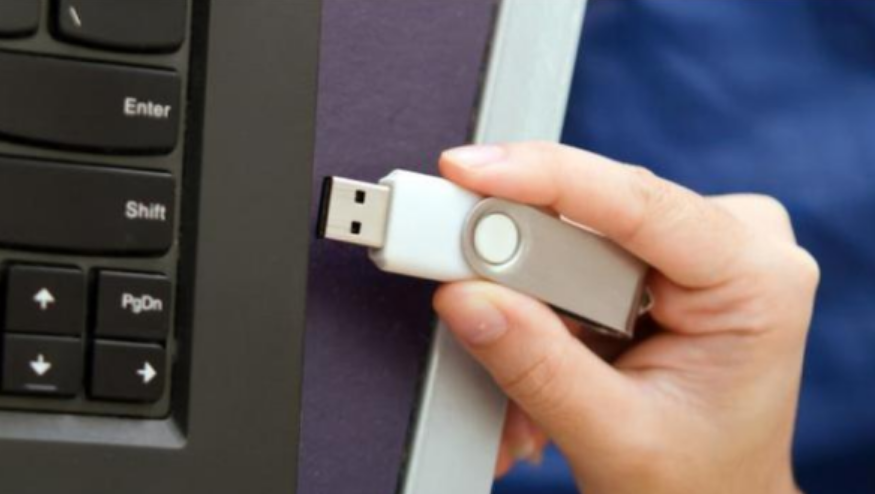 惠普bios设置U盘启动的教程Jul 16, 2023 pm 02:21 PM
惠普bios设置U盘启动的教程Jul 16, 2023 pm 02:21 PM在使用惠普的用户却不少,很多人要进入快启动pe系统进行维护的时候却不知道该怎么设置U盘启动,主要是惠普bios设置U盘启动的方法和平常的方法略有不同,那么,惠普电脑如何U盘启动呢,下面我们来看看惠普bios设置U盘启动的教程,大家快来看看吧。1、首先,将u盘插入hp台式机的USB接口处。2、开机快速断续的按F10键进入BIOS设置界面。3、进入BIOS设置后,将界面切换到“Boot”选项,将光标移到“BootDevicePriority”选项按回车键进入。4、选择“HDDGroupBootPri


Hot AI Tools

Undresser.AI Undress
AI-powered app for creating realistic nude photos

AI Clothes Remover
Online AI tool for removing clothes from photos.

Undress AI Tool
Undress images for free

Clothoff.io
AI clothes remover

AI Hentai Generator
Generate AI Hentai for free.

Hot Article

Hot Tools

Dreamweaver Mac version
Visual web development tools

MinGW - Minimalist GNU for Windows
This project is in the process of being migrated to osdn.net/projects/mingw, you can continue to follow us there. MinGW: A native Windows port of the GNU Compiler Collection (GCC), freely distributable import libraries and header files for building native Windows applications; includes extensions to the MSVC runtime to support C99 functionality. All MinGW software can run on 64-bit Windows platforms.

MantisBT
Mantis is an easy-to-deploy web-based defect tracking tool designed to aid in product defect tracking. It requires PHP, MySQL and a web server. Check out our demo and hosting services.

Atom editor mac version download
The most popular open source editor

Notepad++7.3.1
Easy-to-use and free code editor







